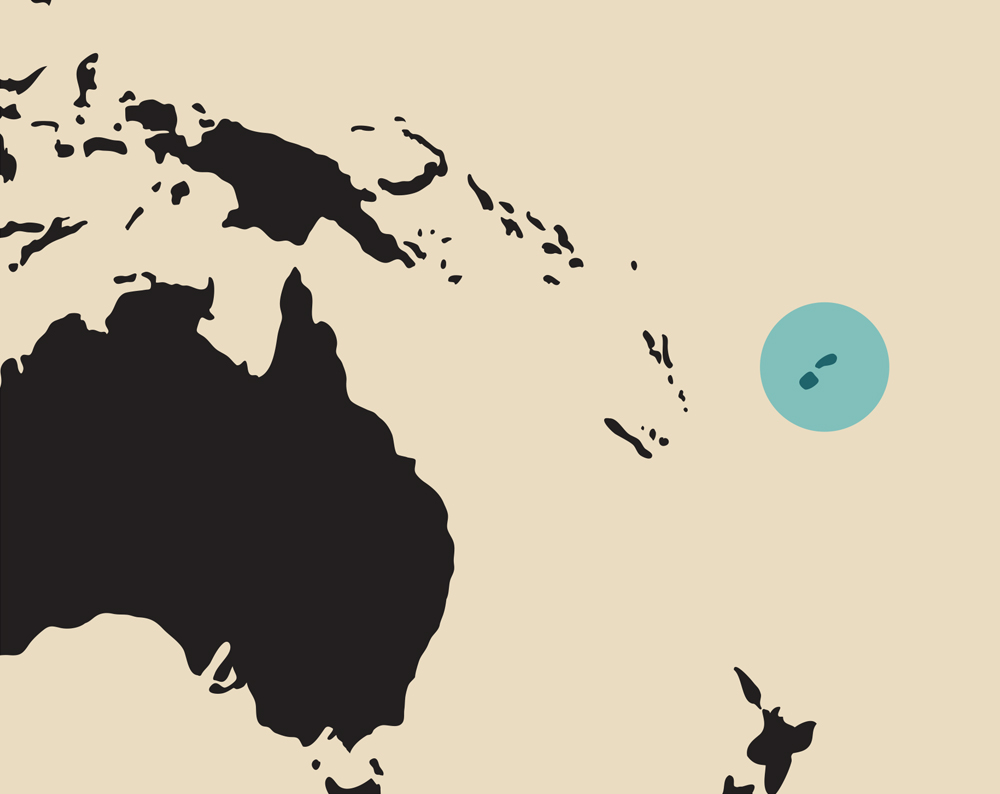
Fijian Free-tailed Bat
bat stats
Binomial
Family
Colony Size
Weight

Diet
Status

n 2016, Bat Conservation International (BCI) and the Rainforest Trust began a project alongside the National Trust of Fiji, NatureFiji-MareqetiViti, and the Nakanacagi community of Vanua Levu, Fiji, to protect the habitat of the Fijian free-tailed bat (Mops bregullae). Also known as the Fijian mastiff, this insectivorous bat is threatened by habitat loss due to industry and climate change, tourism practices, and hunting. After years of careful coordination and collaboration between Fijian experts and community members and the BCI team, Jon Flanders, Ph.D., Director of Endangered Species Intervention, describes the Fiji project as “a phenomenal success story.”

Uncovering a new species?
The Fijian free-tailed bat is already considered Endangered but has been kept off the Critically Endangered list thanks to the belief that the species was also present in Vanuatu. However, scientists think the sustained separation between these two populations may have led Vanuatu to diverge into its own distinct species.
“Over time, the populations are isolated, and there isn’t much gene flow so that they can become different species,” says Melquisedec Gamba-Rios, Ph.D., Regional Director, Latin America and Caribbean.

Photo: Bat Conservation International
To answer what Flanders calls the “million-dollar question,” the team in Vanuatu will use acoustic lures, which produce a squeaking and clicking designed to pique the bats’ interest and draw them out by sounding almost—but not quite—like a regular bat social call. Because the Fijian free-tailed bat tends to fly higher up in the air, luring them down to ground level gives the team the best chance of catching them.
Then, the research team will conduct a morphological comparison—basically a “spot the difference”—between the bats in Fiji and those in Vanuatu. The team will also gather DNA via wing biopsies for comparison and record the bats’ sounds to evaluate acoustic differences. Finally, the team will begin pinpointing where the bats might be roosting.
“If we’re getting bat calls two hours after emergence, then we know there’s no roost near there,” Flanders says. “If we’re starting to get calls 20 minutes before emergence, we know we’re close to a roost.”
Research could also help reveal more about the bats’ diet, which could go a long way in conversations with surrounding communities about the benefits of protecting the Fijian free-tailed bat. For farmers in particular, a bat population that helps cut down crop-hungry bugs can be a blessing.
Community collaboration
“No conservation effort, no matter how good the science is, would work without the people,” Siteri Tikoca said during a webinar. Tikoca is a BCI Student Scholar and a Ph.D. candidate at the University of Adelaide, where her research is focused on the Fijian free-tailed bat. She was a key player in the Fiji project and will travel to Vanuatu with the rest of the team.
“We’re happy and proud to say that we’ve been working with the local people and the farmers from the very beginning, and we continue to work with them,” Tikoca says.
Gamba-Rios emphasizes that working with local communities is the best way to gather accurate information and ensure the longevity of conservation projects. Simply put, he says, “It’s their area, their land, their cave, and their bats.”
While conservation efforts are important, Gamba-Rios points out that the opportunity to prioritize conservation is a luxury available to those who already have their basic needs met. Many of the communities he has worked with are seeking financial stability and prosperity, especially those significantly impacted by climate change, as Vanuatu has been.
Protecting bats in Vanuatu—whether they’re Fijian free-tailed bats or a new species—will require understanding them within the larger context of the community. The team hopes to learn more about this incredibly elusive bat through this strategy.
“One of the fun things is just how little we know about it,” Flanders says.